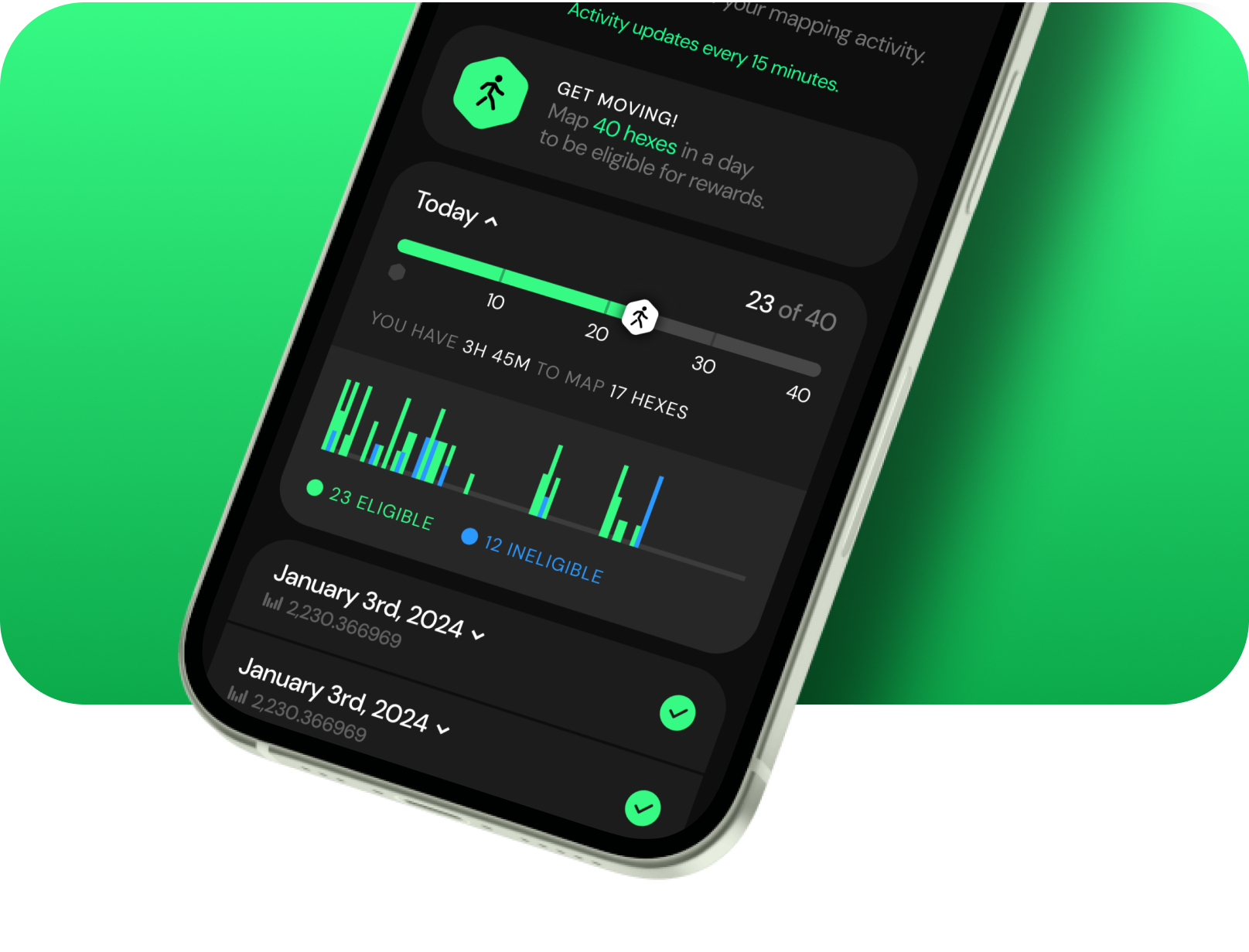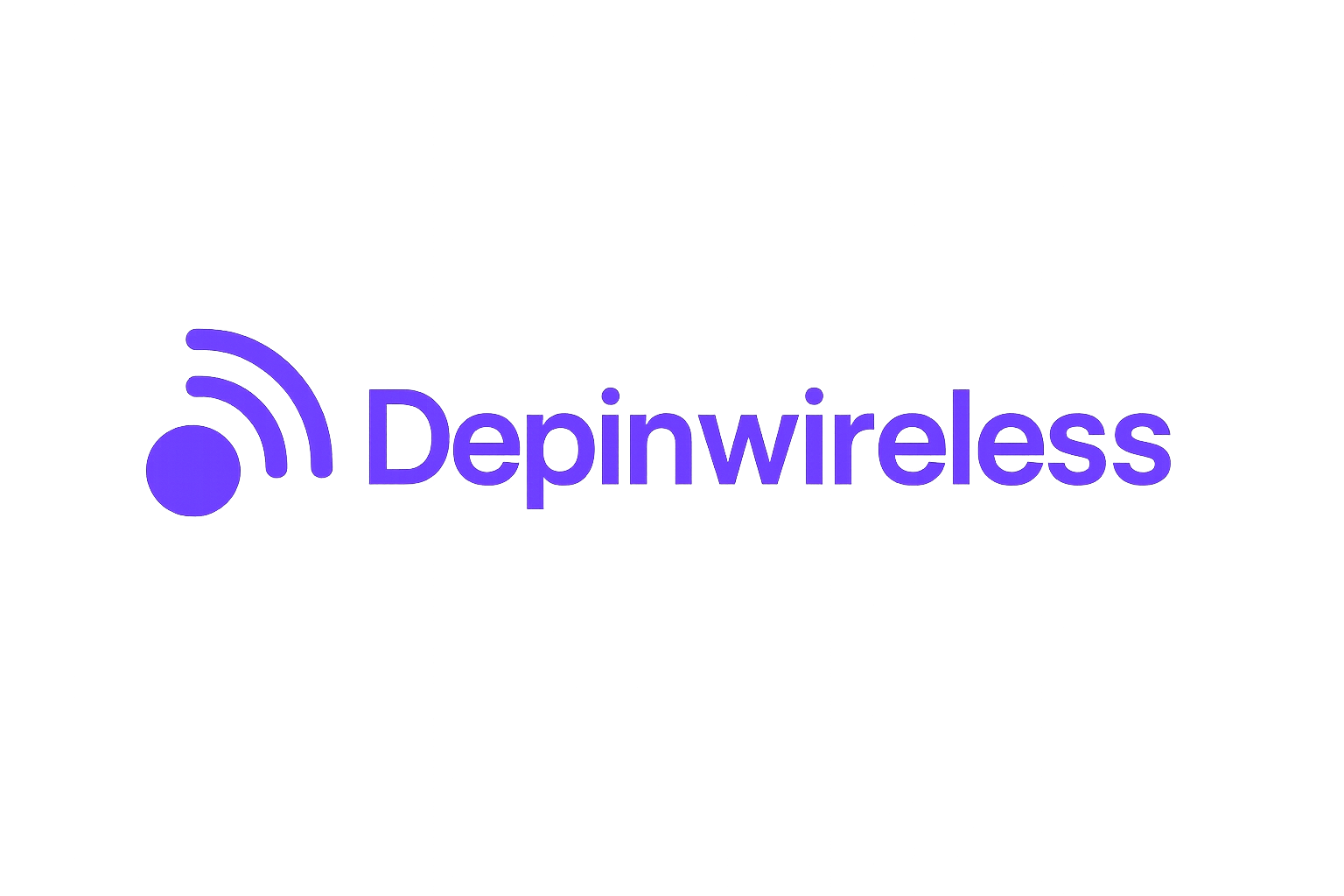
The Helium Network stands at the intersection of blockchain and wireless connectivity, redefining how individuals and businesses access, deploy, and monetize wireless infrastructure. As of September 2025, Helium’s growth trajectory is underpinned by three primary revenue streams: Helium Mobile subscriptions, WiFi offload agreements, and the Helium Plus upgrade program for venues. Each stream leverages Helium’s decentralized approach to wireless networking, creating tangible value for participants while driving robust network expansion.

Helium Mobile Subscriptions: Driving Recurring Revenue
One of the most significant contributors to Helium’s income is its direct-to-consumer mobile subscription model. For just $20 per month, users gain access to unlimited data plans that seamlessly blend coverage from Helium’s decentralized network with established partners like T-Mobile. This strategy has proven effective in onboarding both individual users and businesses seeking flexible, cost-effective connectivity solutions. As of Q2 2025, the network boasts over 311,200 Helium Mobile accounts, representing a remarkable 94.1% quarter-over-quarter increase (source). The predictable nature of subscription revenue provides financial stability for the ecosystem while incentivizing further infrastructure rollout.
WiFi Offload Agreements: Monetizing Data Traffic at Scale
The second pillar of Helium’s revenue model is its innovative approach to WiFi offloading. Through strategic agreements with major carriers such as AT and T and leading MVNOs, Helium enables telecom providers to route user data through its decentralized network of hotspots. Carriers are charged $0.50 per GB for this service, a highly competitive rate that allows them to reduce their own infrastructure costs while maintaining service quality for end-users (source). In June 2024 alone, over $300,000 was paid out in carrier offload fees, with rewards growing more than 20% month-over-month. By Q2 2025, more than 2,721 terabytes had been offloaded from major U. S. mobile carriers, a staggering 138.5% increase quarter-over-quarter (source). This not only unlocks new income streams for hotspot operators but also cements Helium’s role as a critical partner in national connectivity strategies.
Helium Plus Upgrades: Empowering Venues to Monetize WiFi Infrastructure
The launch of Helium Plus in mid-2025 marked a strategic expansion into business and public venue markets. This program enables existing WiFi providers, cafes, hotels, stadiums, to integrate their routers into the Helium Network with minimal technical overhead. Once upgraded to Helium Plus status, venues can offer premium connectivity services to guests or customers while earning a share of network rewards generated by data traffic routed through their infrastructure (source). For many businesses, this transforms connectivity from a cost center into a competitive differentiator, and a source of recurring income.
Top Revenue Streams Powering Helium Network Growth
-

Helium Mobile Subscriptions: Monthly recurring revenue from individual and business users subscribing to Helium Mobile plans, offering nationwide coverage and seamless access to decentralized wireless networks. As of Q2 2025, Helium boasts over 311,200 active accounts, reflecting rapid subscriber growth.
-

WiFi Offload Agreements: Payments from major carriers (e.g., AT&T) and mobile virtual network operators (MVNOs) for offloading user data traffic onto Helium-powered WiFi hotspots. In June 2024 alone, over $300,000 was paid out for carrier offload data, with month-over-month growth exceeding 20%.
-

Helium Plus Upgrades for Venues: Revenue generated from businesses and venues upgrading to Helium Plus, enabling them to monetize existing WiFi infrastructure by providing premium connectivity services and earning a share of network rewards. This program, launched in mid-2025, expands Helium’s reach into enterprise and public spaces.
This multifaceted approach has allowed Helium not only to scale rapidly but also to build an ecosystem where value accrues directly to participants, be they individual subscribers, enterprise partners, or venue operators upgrading via Helium Plus.
Helium’s revenue architecture is purpose-built for scalability and resilience. By diversifying its income streams across subscriptions, carrier partnerships, and venue upgrades, the network mitigates risk while capturing value at every layer of the wireless value chain. The Helium Plus initiative, in particular, has proven to be a catalyst for adoption among businesses that previously viewed WiFi as a sunk cost. Now, these venues are not only enhancing customer experience but also participating directly in Helium’s tokenized reward system.
For hotspot owners and venue operators, the economics are compelling. With over 380,000 hotspots deployed globally as of September 2025, the network effect is accelerating. Every new participant increases coverage and data offload capacity, fueling a virtuous cycle of growth and reward distribution. The transparent $0.50 per GB carrier offload fee provides clear earnings potential for hosts, while the $20 monthly mobile subscription remains an attractive proposition for cost-conscious users seeking reliable connectivity.
Sustaining Growth Through DePIN Innovation
The integration of blockchain-based incentives with real-world wireless infrastructure puts Helium at the forefront of the Decentralized Physical Infrastructure Networks (DePIN) movement. As mobile carriers increasingly look to decentralized solutions to manage surging data demands without ballooning capital expenditures, Helium’s model stands out as both disruptive and sustainable. The network’s ability to deliver measurable savings to carriers, while simultaneously opening up new revenue opportunities for grassroots participants, positions it uniquely within the wireless sector.
Current market data underscores this momentum: with HNT trading at $2.55, network participants can track their rewards in real time while benefiting from Helium’s deflationary tokenomics (source). As more venues upgrade via Helium Plus and subscriber numbers climb, these revenue streams are likely to see continued month-over-month growth well into 2026.
Looking ahead, Helium’s strategy is clear: double down on partnerships that drive WiFi offload volumes higher, expand Helium Plus integrations across urban and enterprise environments, and maintain competitive pricing to keep subscription growth robust. This disciplined approach ensures that each stakeholder, from individual hotspot hosts to Fortune 500 partners, shares in the upside generated by network expansion.
Key Takeaways:
- Helium Mobile subscriptions provide stable recurring income and fuel rapid user adoption.
- WiFi offload agreements generate significant payouts for hotspot owners while reducing costs for major carriers.
- Helium Plus upgrades empower venues to transform existing WiFi infrastructure into profitable digital assets.
The next chapter for Helium will be written by those who recognize that decentralized connectivity isn’t just a technological breakthrough, it’s an economic revolution where everyone can share in the rewards of building tomorrow’s wireless backbone.






